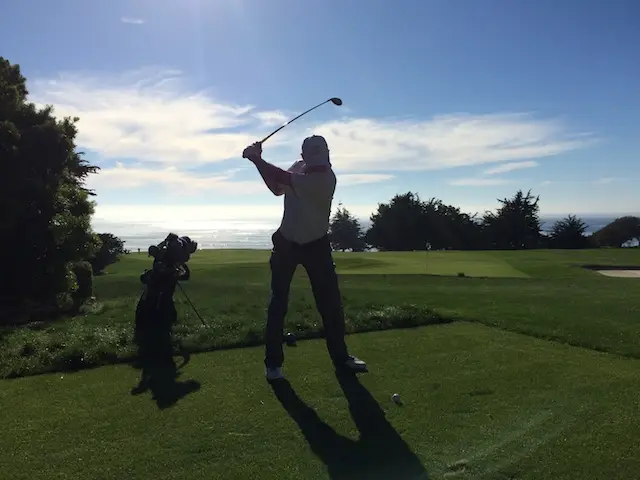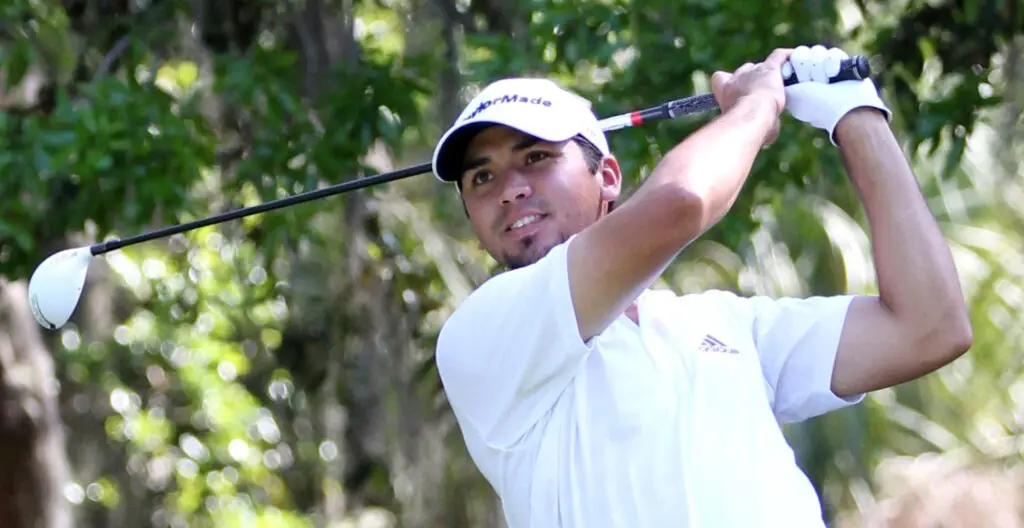The world’s top-ranked professional golfer is Jason Day. He is just 29 years old, 12 years younger than his mentor Tiger Woods, and may be nearing the end of his career due to a golf swing that is taking its physical toll on his back. Woods’ history of back injuries has been extensively chronicled, and due to these health problems, he appears to be at the end of his impressive professional career.
The Professional Golf Association (PGA) tour has become a young man’s game, with five of the first six tour events in 2017 won by players between the ages of 22 and 24. However, these “young guns,” such as Day, Rory McIlroy and Justin Rose, have all had recurring back injuries force them out of tournaments this year.
What in the Name of Lee Trevino is Going on Here?
In the words of that great Duke Ellington song from the 1940’s, “It don’t mean a thing if it ain’t got that swing!” These ailing young golfers have several things in common, including their athleticism, but it is their swing that is making and breaking their careers.
According to Golf Channel analyst Brandel Chamblee, who has written a popular book on the sport titled “The Anatomy of Greatness,”every swing is different, but Woods, Day and McIlroy embody a stylistic change that has pervaded the sport. In a recent article, he shared his knowledge of the swing traits of some of the greatest golfers in history and found a few key differences in the contemporary swing from past generations.
“In general, the modern swing is shorter with more restrictive lower body movement. That requires a more violent turn to initiate the downswing, which takes more of a physical toll than swings from previous golfing greats, such as Jack Nicklaus and Arnold Palmer, that were longer and more rhythmic.”
A Competitive Golfer Who is Also a Spine Surgeon

As a former NCAA golfer at Georgetown University and an avid golfer with a single digit handicap, Dr. Michael Duffy understands the competitive juices that are flowing through these young golfers. As a spine surgeon at Texas Back Institute, he also knows how the sport can wreak havoc on their backs.
“With any professional sport, there will be injuries,” he said. “In golf, the torque forces created with the golf swing and the turn on the ball can lead to back injuries. Today’s professional golfers are better athletes than previous generations, and they are stronger, make a bigger turn on the ball and create more club head speed. With the number of balls they hit on a daily basis, the wear and tear on their spine and back muscles is much different than it was on players 20 years ago.”
These young professionals are in the late 20s and early 30s, and there is speculation that they won’t be playing by the time they are 40. In comparison, Jack Nicklaus was winning tournaments in his mid 40s and played professionally until he was 65. What is the difference in the swings of people like Nicklaus and those of these young pros?
“In a side-by-side comparison of the older pros with these younger players, many similarities in their swings are apparent, but there are also big differences, especially in their shoulders and hips,” Dr. Duffy said. “If you were to measure the turn of the hips with the shoulders with these younger players, it is obvious that it is incrementally larger than that of the older players.”
A Former Pro Looks at Today’s Game
Scott Fawcett, a former professional golfer, current coach and creator of the “Decade Course Management System” agreed with Dr. Duffy. He said, “Today’s game is much more about power, speed and hitting it farther than the old game was—and as a result, the athletes who play the game are trending more towards the typical career span of other professional athletes.
“Plus, golf is a one-sided sport. In tennis, for example, you have a forehand and a backhand swing. Golf is the only sport that you play exclusively from one side, and over time, a player’s body will become ‘disproportional.’ Plus, often you’ll see golfers who are right-handed and they’ll have more stress on the left side and visa-versa.”
What Type of Back Injuries are Caused by Golf?
“I see a lot of athletes in my practice, including high school, college and professional,” Dr. Duffy said. “And most of the back injuries I see are muscular in nature. The small number of injuries that might require injections or surgery is disc injuries. The torque of a golf swing causes a rotation of the lumbar area of the spine, and this puts pressure on the disc.
“Since it is based on genetics, everyone has a different predisposition toward disc degeneration. When one adds predisposition to the repetitive trauma of constant golf swings, disc injuries can occur.
“Golfers can also experience leg pain,” he said. “This is what Tiger Woods has had, and this is nerve based pain due to the disc material pinching the nerve. This requires surgery to correct.
“I estimate that one in four golfers will have a long bout of back pain and/or nerve pain.”
Advice for Young Golfers: Listen to Your Body
The natural tendency for young men and women who observe these PGA golfers winning tournaments is to emulate their swing despite the potential of injury. Dr. Duffy offers some advice.
“Every athlete needs to build their core strength and maintain flexibility of the back muscles. If they notice pain while playing, they need to listen to their body and back away from the game until this subsides. When a young athlete tries to ‘push through’ this pain, the condition can worsen.
“The challenge for today’s young golfers is that most have a very competitive tournament schedule,” he said. “Hopefully, coaches will advise that when pain occurs the player takes some time off until they are pain free.
“I also see many young players carrying their clubs on their back. Carrying this load—weighing 30 or 40 pounds—is not good for one’s back. I tell all of my collegiate and high school golfers to use a push cart. This is much safer for the back.”
If you are a golfer and are experiencing continuous back pain, don’t let this ruin your game. Contact Dr. Michael Duffy at Texas Back Institute for an appointment.
Photo Source: Keith Allison via Flickr CC by-SA 2.0


